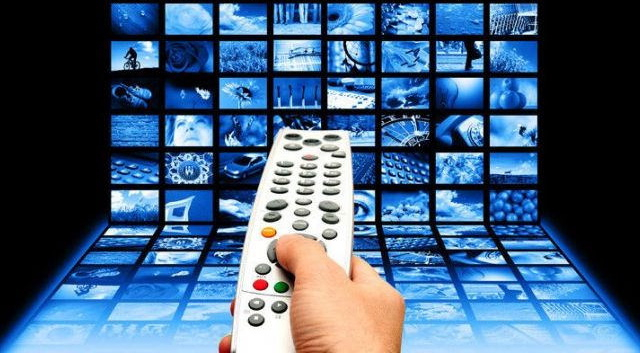Leaders Discuss Multi-Screen Experience and Future of OTT
January 7, 2017
A Digital Hollywood panel on the “multi-screen OTT experience” took a look at the entire ecosystem in a conversation led by Altman Vilandrie & Company director Jonathan Hurd. “A year ago, the multi-screen experience would have meant something different than today,” he said. “This year, we’ve had a big disruption with the Virtual MVPD (Multichannel Video Programming Distributor) model, including Sling TV, PlayStation Vue and, soon, the introduction of a similar service from Hulu. Where are the pain points for consumers?”
AOL’s Randy Shaffer, who is senior director of ad sales for Xbox, notes the irony. “We had too many TV channels, so we created apps to aggregate them,” he said. “Now we have too many apps.” Discoverability becomes the main issue, as consumers spend wasted minutes trying to find the content they already have.
RED Interactive Agency chief executive Brian Lovell notes that a consumer who wants to cut the cord and build his own skinny bundle doesn’t have an easy time of it. “Figuring out what to do is difficult and time-consuming,” he said. “It’s hard now for a consumer to figure out how to meet their needs.” Consumers experiment, joining services and then canceling them to return to traditional cable providers. “There needs to be some kind of TV Guide on how to meet their needs,” he said.
Fandango chief architect Samir Ahmed reports his company is “just beginning to learn how to expand discovery with deep personalization.” For Sony Electronics business development executive Nick Colsey, natural voice has reached “a level of maturity” that is beginning to provide a means of discovery.
But inconsistent user interfaces and varying windows are also hurdles to providing consumer confidence that the content is actually there, explained Hurd. “It’s all these issues that didn’t exist a few years ago,” he said, adding that some features aren’t accessible across all devices, including voice search.
Gracenote chief product officer Rich Cusick believes data is the answer. “Facebook got ten data sources together,” he said. “It’s a recipe, and the more ingredients the better results you’ll have. We have millions of descriptors around music and you’ll see that coming to TV.”
Each platform offers its own mix of benefits and challenges. Shaffer notes that “OTT devices,” which he defines as Roku, Xbox, smart TVs (rather than laptops), are “safe environments” and “highly targeted.” “We have Sling TV, PlayStation Vue and hopefully DirecTV Now,” he said. “That’s a choice you didn’t have before Virtual MVPDs existed.”
“Spotify is what consumers want,” said Cusick. “They want everything available all the time on all devices. The issue is that pulling that off is hard, and providing a discovery mechanism for it is also very hard. I would say ten companies around the world do a good job of it.”
Cisco Infinite Video product manager James Field notes the downside of smart TVs. “The manufacturers are not used to developing software or services,” he said. “They’d much rather you order a new TV set every three years.” Shaffer reports the Xbox console has three operating systems inside it, allowing a user to watch Hulu and play a game at the same time. “But it’s very hard to do,” he admits. Autonomous vehicles will soon give everyone more video watching time, added Hurd. “And we can have big screens in our cars.”


No Comments Yet
You can be the first to comment!
Sorry, comments for this entry are closed at this time.